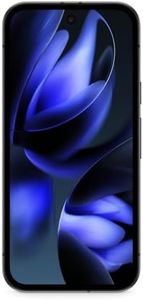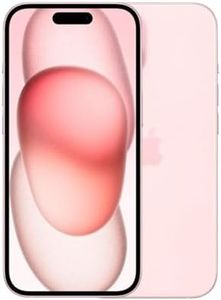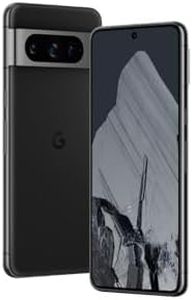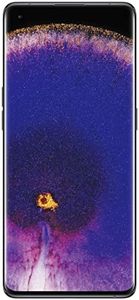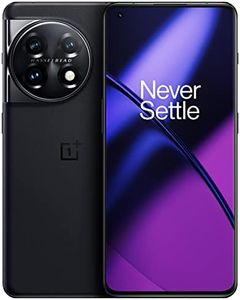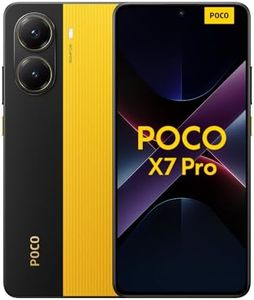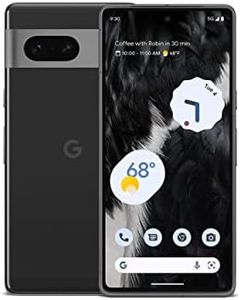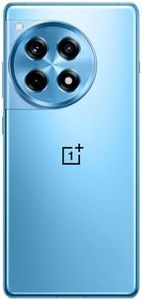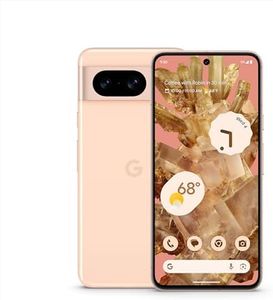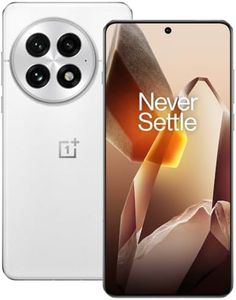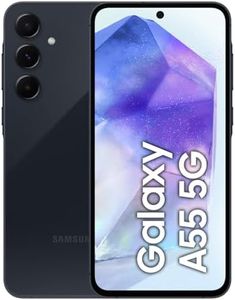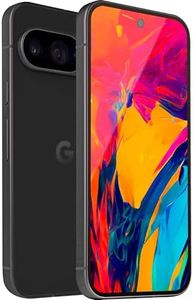We Use CookiesWe use cookies to enhance the security, performance,
functionality and for analytical and promotional activities. By continuing to browse this site you
are agreeing to our privacy policy
10 Best Smartphone With Camera
From leading brands and best sellers available on the web.By clicking on a link to a third party's website, log data is shared with that third party.
Buying Guide for the Best Smartphone With Camera
Choosing a smartphone with a camera can feel overwhelming, but if you focus on your needs and understand a few key features, finding the perfect fit becomes much easier. Start by thinking about how you plan to use your phone—for general use, for photography, or maybe for social media creation. Think also about how much you care about camera performance, battery life, and how big or small you’d like your phone to be. With these questions answered, pay attention to the most important specs that actually affect your daily use.Camera MegapixelsThis number tells you how many millions of pixels the camera sensor has, and it often gets a lot of attention. More megapixels can mean sharper images, but only if the lens and sensor quality are also good. For most users, anything between 12MP and 48MP is more than enough; lower numbers (below 12MP) may result in less sharp photos, and very high numbers (over 48MP) mostly matter only to serious photography enthusiasts who print large photos or crop their images a lot. Think about how much detail you really need in your photos before making this your main focus.
ApertureA camera’s aperture is measured by an 'f/' number (like f/1.8 or f/2.2) and controls how much light enters the lens. A lower number (like f/1.8) means the camera lets in more light, helping you take clearer photos in dark conditions. If you care about night photos or indoor shots, look for a lower aperture number. If most of your shots are taken in the daytime, this matters less.
Number of LensesMany smartphones now have multiple cameras on the back—wide, ultra-wide, telephoto, or even macro. More lenses offer flexibility: wide for group shots, ultra-wide for landscapes, telephoto for zoom, and macro for close-ups. If you like experimenting or want different photo styles without effort, opt for two or more lenses. If you mostly take everyday snapshots, a single good-quality lens is usually enough.
Video Recording CapabilitiesThis refers to the maximum resolution and frame rate at which the camera can shoot video (like 4K at 60fps, 1080p at 30fps, etc.). Higher resolution means sharper videos, while higher frame rates help make the motion look smoother, especially for action scenes. If you enjoy recording high-quality videos, choose a phone that can handle at least 4K. For casual sharing or social media, 1080p is more than adequate.
Front Camera QualityThe front camera is crucial for selfies and video calls. Pay attention to its megapixel count, but also to additional features like screen flash or portrait mode. For those who prioritize selfies or do a lot of video chats, a higher megapixel front camera with good software features makes a big difference. For occasional use, even a basic front camera will do.
Battery LifeTaking lots of photos or videos can drain your battery quickly. A higher-capacity battery (measured in milliampere-hours, or mAh) means more usage between charges. Heavy camera users should look for higher battery capacities (over 4000mAh), while lighter users can get by with less. Consider how much you’re away from a charger and let that guide your choice.
Storage CapacityPhotos and videos can use a lot of storage space, so pay attention to the internal storage size (like 64GB, 128GB, or 256GB). If you plan to take lots of high-resolution photos and videos, go for more storage, or make sure the phone has an option for a memory card. Casual users who regularly transfer files or stream media need less space.

